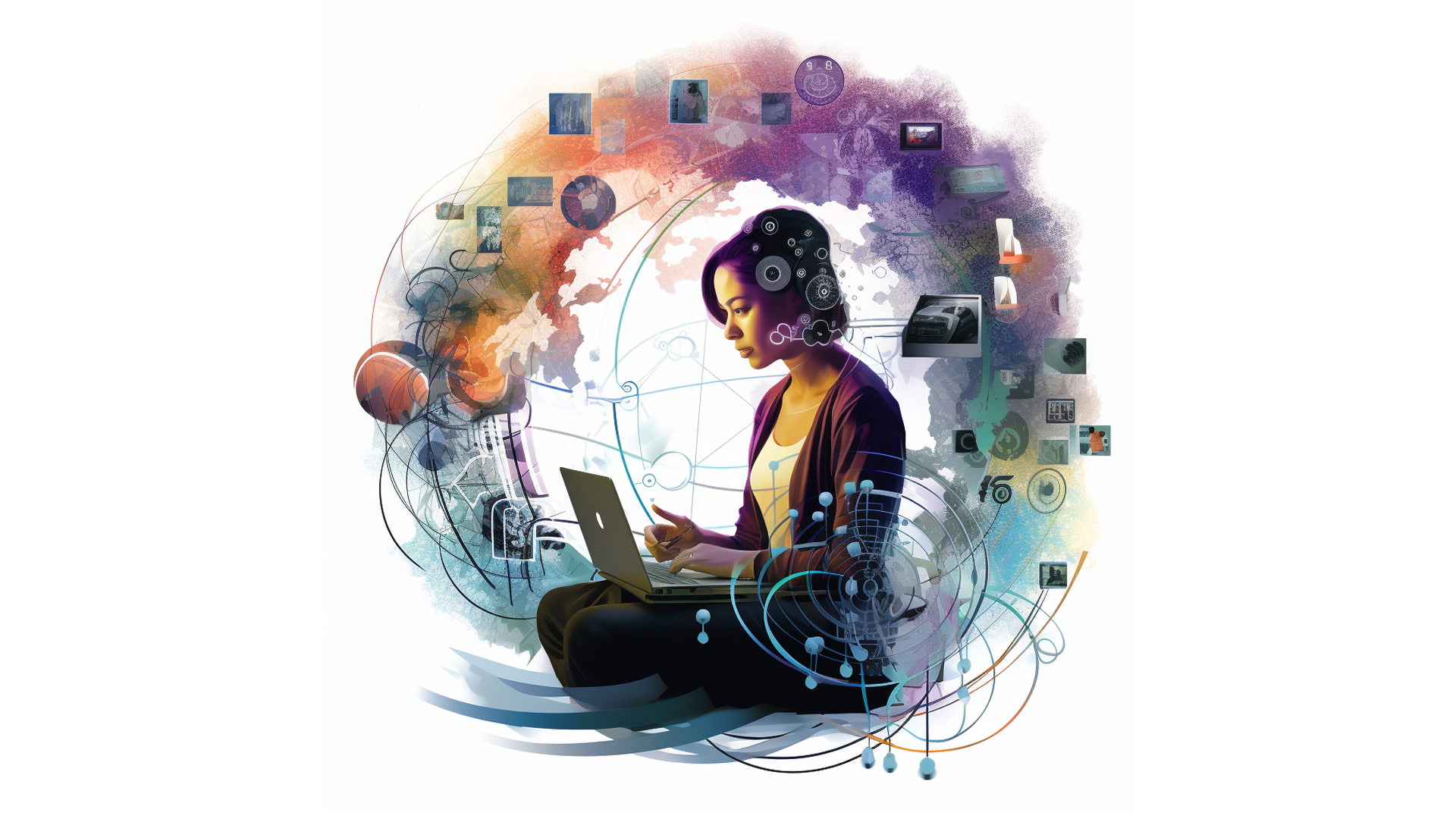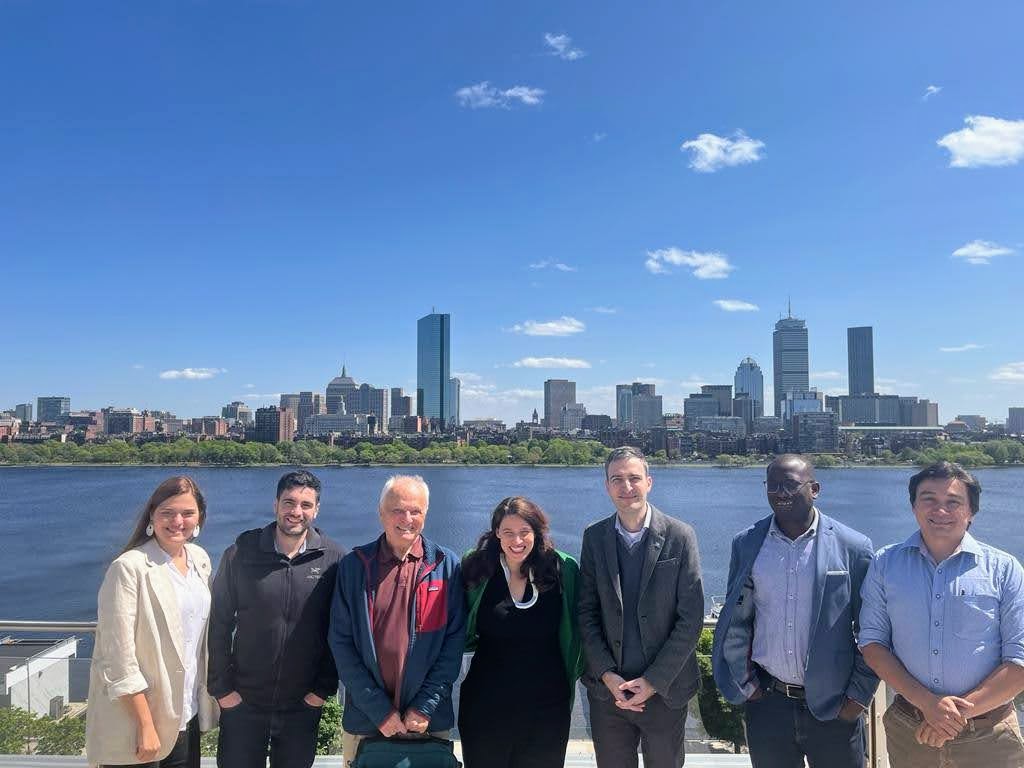How to Unlock the Potential of User-Led Innovation through AI?
October 2, 2023

Bottom-up innovations are crucial in tackling development challenges, whether they are as simple as repurposing a plastic bottle into a face guard during the COVID-19 pandemic or complex but game-changing like "do-it-yourself” artificial pancreas system. People on the ground have deep insights about issues they face, and because they are closest to the problem they can use available tools and resources in innovative ways to develop grass roots solutions.
However, when game-changing new tools, such as generative artificial intelligence (AI), emerge, those engaging in informal innovation must see what issues they can solve and, equally importantly, how innovation can be supported.
UNDP Accelerator Lab Network members are experimenting with the use of generative AI. We have barely scratched the surface regarding use cases and the ever-growing list of tools by using ChatGPT to explore development topics, generating code for an app that analyses surveys and testing gender biases.
To get better at harnessing generative AI and boosting innovation, a few of us attended the MIT Innovation Lab workshop at the Sloan School of Management. The workshop was initiated and organized by Professor Eric von Hippel, whose ground-breaking research into innovation and technology management informs much of Labs' work and approach. The workshop brought together participants from academia and a wide variety of those who shared cutting-edge insights and experiences in innovation and generative AI.
Use Generative AI as much as possible to become aware of its possibilities and benefit from easier innovation
The workshop helped us crystallize key messages from thought leaders in the field. For example, Ethan Mollick's principles in terms of how to treat AI are a great starting point. Mollick believes that AI should be involved in as many tasks as possible to test its potential, while the users need to realize that the AI that they are using now is probably "the worst they will use" and that they need to rein it in by making the tools "aware" of their limitations and using them judiciously (being the "human-in-the-loop").
Professor Eric von Hippel pointed out in a lecture during the workshop that the key "evolutionary consequence" of AI is that it makes trial and error cycles significantly cheaper, allowing for much easier hypothesis testing. That opens doors for much more creative and cheaper innovation in development and gives us hope that generative AI will bring us even further into an uncharted land of innovation in which users will lead the way.

UNDP Accelerator Lab members with MIT professor Eric von Hippel
AI helps us get out of our heads and prototype
Innovation is limited by our capacity to make useful connections, drawing from experiences and goals, through the various stages of problem-solving. Generative AI helps us because it makes it easier and quicker to "go outside our heads", do "cognitive offloading," and "take shortcuts" very quickly. This, in turn, allows us to diversify our thinking and automate many tasks in innovative and creative ways.
Another mind-bending insight from the workshop is that generative AI solves problems in ways that work but without explaining why. For example, it's possible to generate content to increase views in an online message about the importance of recycling without needing to understand why it evokes attention, only that it does.
This lack of explanation in generative AI can be advantageous, enabling users to effectively solve problems and unleash their creativity. In certain circumstances, however, a lack of comprehension and explainability may trigger ethical considerations due to requirements of interpretability and accountability. It is essential to strike a balance between these factors when maximizing the potential of generative AI while ensuring its responsible and transparent application.
That said, generative AI can quickly create text, code, images, videos, and sounds that serve as prototypes for final products without the usual strain on cognitive ability and limitations imposed by skills. We are only just discovering the benefits of easily and quickly materializing the ideas we express in natural language. It is something that can be funnelled into many things, from outputs made to merely sate curiosity to producing publishable articles, media, and software.
We still need to brace for the impact of AI… but we can only do it by using it
It's difficult to recall a time in history when the "latest technology" spread as quickly and widely as generative AI tools like when ChatGPT came along. This growth brings known and unknown risks. They range from cheating on school assignments all the way to awakening an artificial consciousness that wishes to take over the world. Commonly cited concerns include disruptions of labour and intellectual property rights (which triggered strikes of Hollywood's creatives ) and reinforcement of existing inequalities and biases.
Despite the fears, avid users of generative AI, such as Ethan Mollick, consider it will take some time to understand how to regulate it. Like in a prisoner's dilemma or an arms race, to the extent that generative AI provides a competitive advantage to the markets that leverage it, everyone has the incentive to use it, especially when others give up its use. In many ways, the appropriate ways to use generative AI is something we'll end up learning the hard way, and even then, we may not be able to create the broadly accepted agreements needed to limit its use.
Best practices for the use of generative AI are:
Explicit disclosure and transparency.
Safeguarding privacy and security.
Validation and verification.
Addressing biases and errors and local application and community engagement.
In this regard, UNDP’s Accelerator Lab Network is already working on regulatory sandboxes that can offer insights as to how to guide the use of generative AI for development and is partnering with experts from various fields to consider and mitigate its impact. UNDP is also actively considering how to make AI work for the world and help us achieve SDGs.
Thus, the main takeaway of the workshop is that the only way is through: the most agile way to foster innovation and mitigate the downsides of a technology like AI is to familiarize yourself with it by using it. Bottom-up human development depends on understanding that all innovation is part of a wider ecosystem in which it can be nurtured through collaboration, experimentation and learning. All grassroots innovators only manage to solve problems by intensely engaging with various tools that in the end lead to a solution. Indeed, if you are one of them, or if you are interested in the topic of using AI to enhance development: please do get in touch!

 Locations
Locations